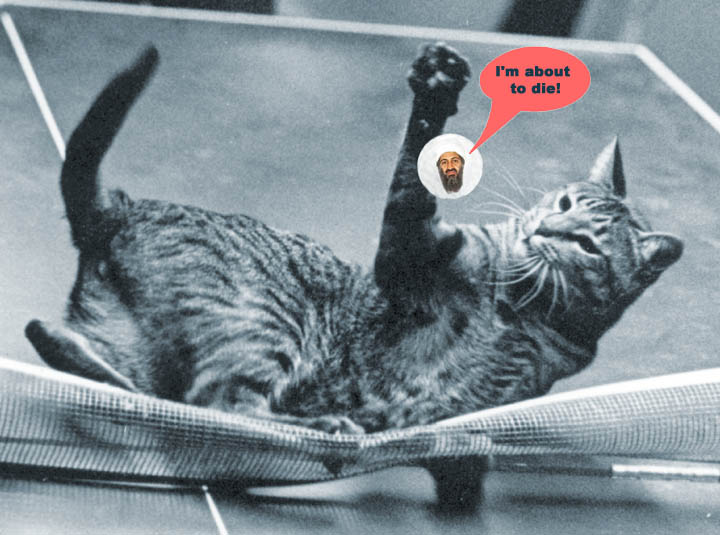Talent Revisited
Yao Siu-Long ("Siu") emailed me the following question, after reading in my April 27 blog entry about Crystal Wang, who recently became the youngest player ever to break 2000, at age 9 years 1 month. (She's rated 2031, but at the recent unprocessed Potomac Open, should go up even more.) Siu asked the following:
"I read your blog about Crystal Wang. It sounds like she was progressing but suddenly took off. Why? What approach to learning and practicing do you think is key to such spectacular success? Is it the number of hours practiced? The coach? Going to China?
"Before you answer "talent", I've read quite a bit of research (and maybe this could be something for you to blog about as well). There is a large body of research that suggests that talent is overrated (take a look at the book "Bounce" by Matthew Syed, a table tennis player). You need a certain level of talent, but after that it's hard work and, perhaps, the training methods. For example, "deliberate practice" is key. That is, practicing with intent and goals.
"What do you see as making the difference for the successful players that you've coached?
This is an excellent question. I actually wrote my thoughts on talent in my March 11, 2011 blog entry. And I definitely agree that talent is way over-rated. On the other hand, there is no question that talent exists - we are not all born with identical brains. However, as argued in "Bounce," it's not that there's no such thing as talent, it's that, at the world-class level, it's only a small aspect. I believe that at the beginning stages, talent does dominate, but if you start early enough with good coaching, and work hard, then deliberate practice dominates. I'm still on the fence as to whether an "untalented" player who starts very early - say, age 4 or 5 - and undergoes such deliberate practice can become one of the best in the world, but they can definitely become very good.
For Crystal specifically, she's been taking regular lessons from Coach Jack Huang since she started playing in the summer of 2008 at age six. Is she talented? For a six-year-old, she definitely had nice hand-eye coordination from the start, and yet in April of 2010 (when she turned 8) she was still rated "only" 1013. I put "only" in quotes because a 1000+ rating for a 7-year-old is still pretty good. However, it takes time for all the basics to really get ingrained.
Here's where the mental game counts. For her age, she's very focused and hard-working. Few players under age 10 (or older) have the focus and work ethic she had from the beginning. And so much of her first two years were spent building a formidable foundation. When you see her strokes and other techniques, they aren't something she just "picked up" because of talent. They were meticulously developed, one training session at a time, until they became the fearsome combos that now strike fear into anyone rated under 2300. Forehands and backhands? Forehand and backhand loops off underspin? Pushing and blocking? Serve and receive? Footwork? None of it came about without incredibly hard work and excellent coaching.
Was she more talented than most? She seemed that way. But two points on this.
First, a "less talented" player might do the same thing if they started even younger, i.e. age four or so. This is problematic in the U.S., since the tables are too high. In China and other countries, kids often start out on shortened tables. If we did the same, then by the time they are age six they could already have a few years of playing. I used to take tennis lessons, and was amazed to discover they have tennis sessions for three-year-olds. You don't need to be older than that to hit a ball - you just need a table that fits your size.
Second, there's little doubt that since Crystal seemed to pick things up early, it inspired her and her parents to really focus on table tennis. And now that she's really taking off, it's not only paying off, but now they are probably inspired to go all the way, and see just how good Crystal can be.
Here's a picture of an unsmiling Crystal after losing the final of Under 1600 in the May, 2010 MDTTC Open. Coming into the tournament, she was rated 1013, but she beat players rated 1381 and 1424 to reach the final before losing to Mort Greenberg in the final. I don't think Mort wants a rematch!!!
Chinese Immigrants
Here's a front page (sports section) story that ran in the New York Times on May 14, about Chinese players coming to the U.S. and other countries and dominating. (I'm quoted and mentioned in the article.)
Space and Time Magazine
In non-table tennis news, my science fiction story "The Awakening" is in the upcoming issue of Space and Time Magazine, with my name on the cover. The story was the Grand Prize winner at the 16th Annual 2010 Garden State Horror Writers Short Story Contest in November. It was a unanimous choice of the judges!!! Here's the trophy. Here's a description: "A 4-D being plays around with the 3-D universe (ours), and just for fun, makes a fly super intelligent. The fly goes to war first with a woman who tries to swat it, then with the 4-D being, and eventually with the entire 4-D and 3-D universes. You don't want to know where it lays its eggs!!!" (Here's my science fiction and fantasy page.)
***
Send us your own coaching news!







